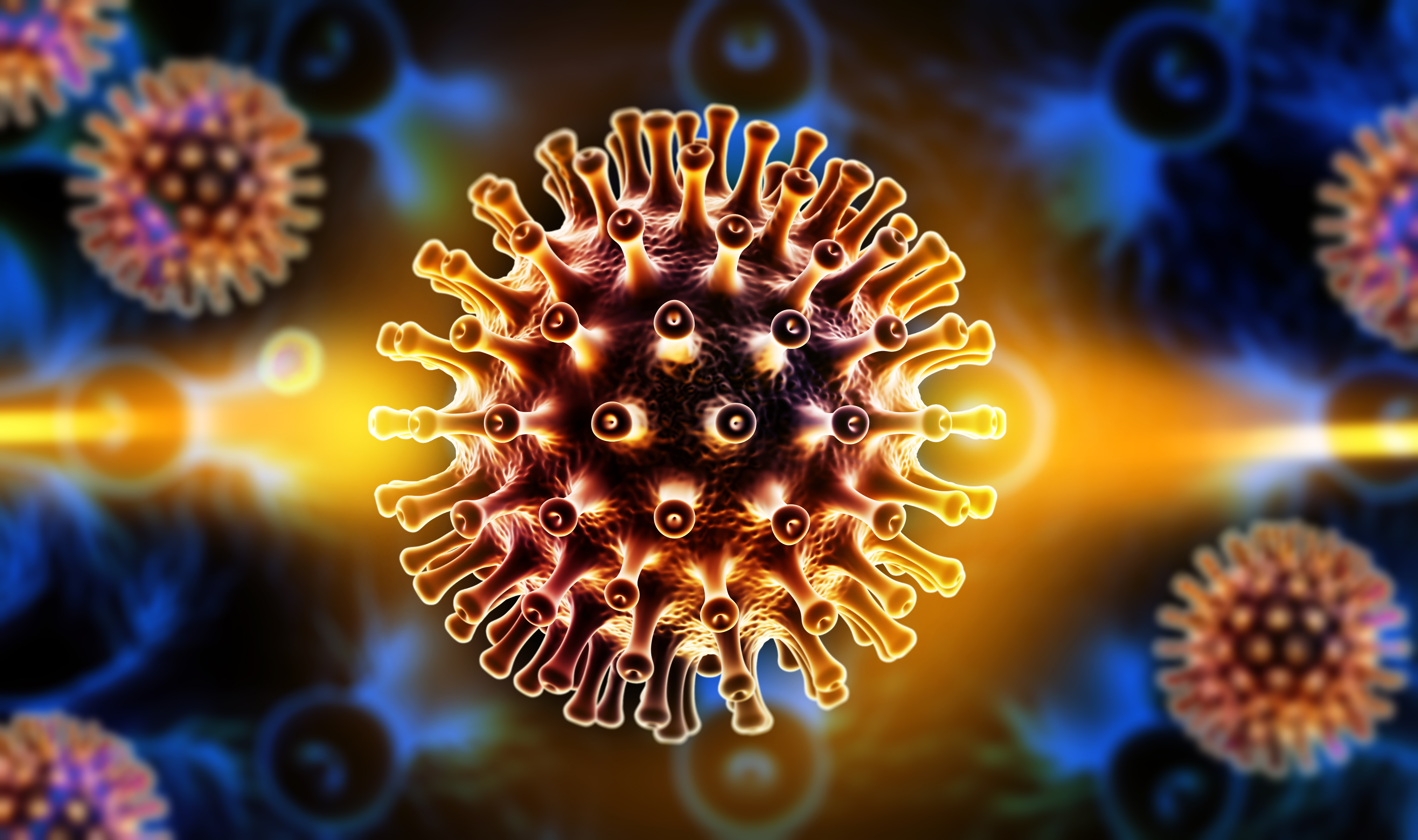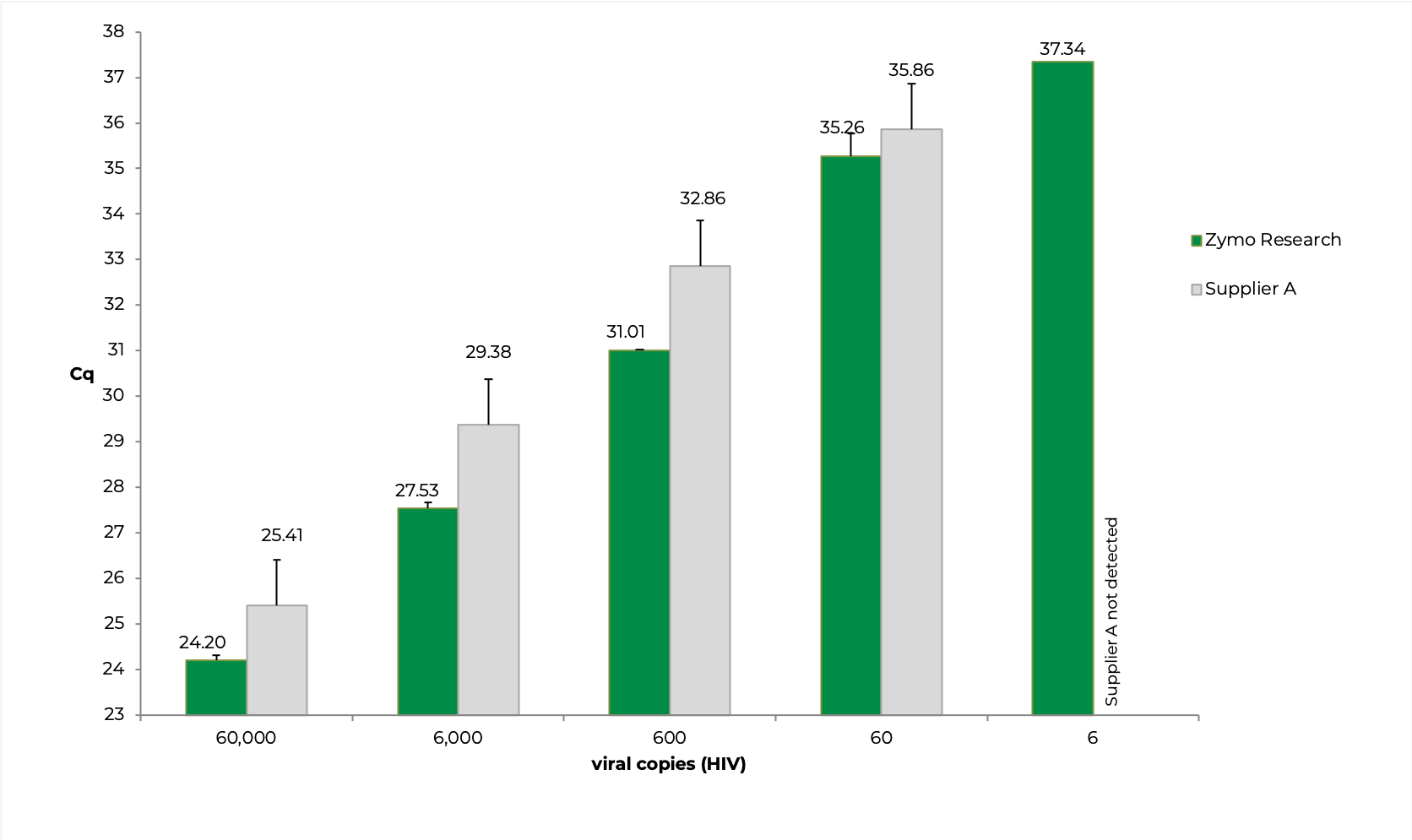NATIONAL HIV VACCINE AWARENESS DAY
WHAT IS HIV?
HIV, or human immunodeficiency virus, is a retrovirus that causes a spectrum of disease called AIDS (acquired immune deficiency syndrome). The RNA virus attacks the immune system by destroying a type of white blood cell called CD4+ T which helps fight off infections. HIV was identified in 1981 and is one of the most deadly and persistent diseases, leaving people with potentially life-threatening infections and complications. 1
WHO DOES HIV AFFECT?
Statistics show that approximately 40 million people worldwide are currently living with HIV, and another estimated 40 million have died since the beginning of the epidemic. 2In the U.S., there are approximately 1.1 million people living with HIV today and 15 percent (1 in 7) are unaware they are infected. About 38,000 Americans were newly infected with HIV in 2016. 3 Infection rates remain high among many countries, calling for more awareness about the disease as well as research to find a cure.

HIV VACCINE AWARENESS DAY
May 18th is National HIV Vaccine Awareness Day, a day to thank volunteers, community members, health professionals, and scientists for their ongoing research to find a cure for HIV. It is also a day to continue to educate communities and stress the importance about preventative HIV vaccine research. 4 According to NIH’s Anthony S. Fauci, M.D., a HIV vaccine is needed to eliminate any risks of life-threatening infections or complications for a person living with HIV or AIDS. This preventative solution could have a great impact on reducing the pandemic. 3 To learn more about this day of observance, visit https://www.hiv.gov/events/awareness-days/hiv-vaccine-awareness-day.
THE NEED FOR ONGOING RESEARCH
Currently, there are treatments involving HIV medication called antiretroviral therapy for people already diagnosed with the disease. There are also some preventive measures such as pre-exposure prophylaxis (PrEP) to lower the risk of HIV infection. 5 HIV is a lifelong infection, but it can be controlled with medication. 2 Early diagnosis and consistent treatment is crucial as it can help an HIV-infected person live as long as an uninfected person. In human studies designed from experimental or clinical assays, there are two active approaches in trying to develop HIV vaccines. The empirical approach is creating a response from the body to form some degree of protection against HIV. The theoretical approach is giving the body antibodies so that it can produce the protective component of the vaccine. Even with these current approaches, there is still no vaccine available today for HIV prevention and further research is necessary to understand more about the virus.
looking ahead to find a cure
There is a need for reliable tools that can isolate high-quality viral RNA, especially at very low titers. This ensures accurate sensitive downstream detection or analytical applications for vaccine research. For example, HIV-1 RNA was isolated from patient samples with the Quick-RNA Viral Kits and subsequently HIV-1 replication was measured to find effective compounds for the disruption of HIV-1 latency in resting CD4+ T lymphocytes (Hashemi, P. et al. 2017.).
The Quick-RNA Viral Kits is a quick purification system for viral RNA from plasma, serum, cell culture media, cellular suspensions, urine, blood, saliva and any other biological sample or any sample stored in DNA/RNA Shield. The kit features a specialized buffer system that facilitates complete viral particle lysis for efficient RNA isolation from samples containing HIV (for example) by binding viral RNA to a column, which is then washed and eluted to get isolated high-quality viral RNA. The Quick-RNA Viral Kits from Zymo Research ensures high sensitivity viral detection even at low viral copy numbers, allowing researchers to perform sensitive downstream applications, such as RT-qPCR (Figure 1). With innovative tools used for research such as the Quick-RNA Viral Kits, a vaccine for HIV could potentially be developed.

THE FUTURE
HIV and AIDS is one of the most challenging diseases in human society as there is no current cure. However, the HIV Vaccine Awareness Day continues to educate about HIV, who it affects, what resources are available, and the need to create more treatments in hope of developing a vaccine with advanced research and modern tools. With growing awareness and new research, hopefully in the future, there is an end to HIV and AIDS.
Click on the link below to learn more about the Quick-RNA Viral Kits, Quick-DNA/RNA Viral Kits and DNA/RNA Shield:
Quick-RNA Viral Kits
Quick-DNA/RNA Viral Kits
DNA/RNA Shield
Zymo Research is committed to supporting HIV and AIDS research with our tools, products, services and technical support teams. If we can do anything to further support your research on HIV and AIDS, please reach out to us at info@zymoresearch.com.
References:
(1) https://www.niaid.nih.gov/diseases-conditions/hivaids
(2) https://www.emedicinehealth.com/hivaids/article_em.htm
(3) https://www.hiv.gov
(4) https://www.cdc.gov/hiv/library/awareness/vaccineday.html
(5) https://www.hiv.gov/hiv-basics/hiv-prevention/potential-future-options/hiv-vaccines
(6) Hashemi, P. et al. Compounds producing an effective combinatorial regimen for disruption of HIV‐1 latency. EMBO Molecular Medicine. 2017.


